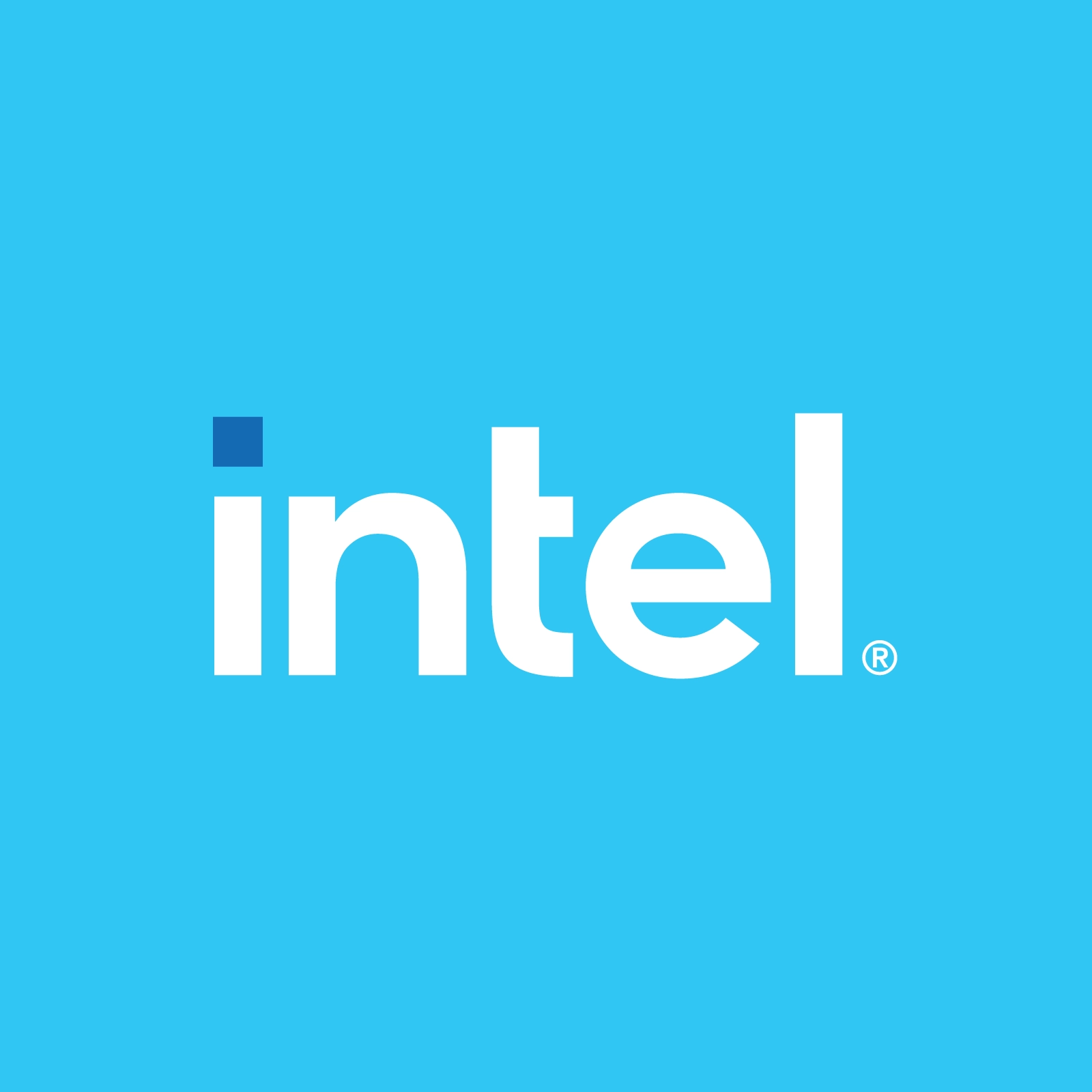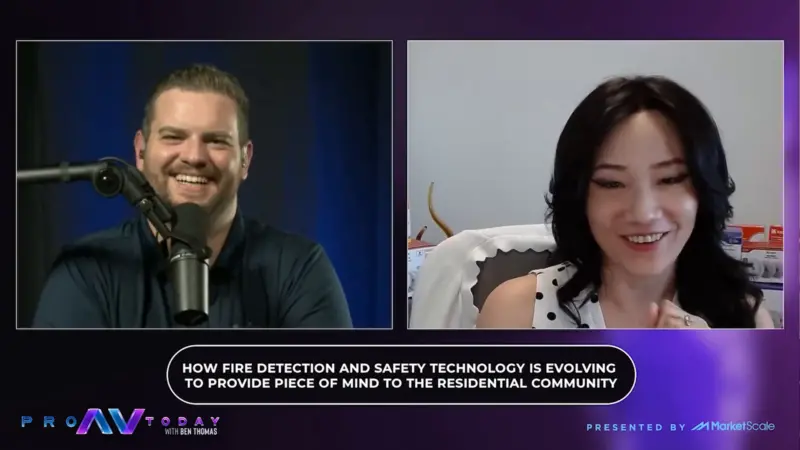Adopting Industrial AI for Smarter Manufacturing
“The barriers are everywhere. You have to start with where the data comes in because that’s the first set of barriers,” Austin said. “Anytime you’re talking about AI, 80 percent of the issues come down to the data.”
The use of Artificial Intelligence and other new technologies is becoming essential for manufacturers working to build resilience and remain competitive in an ever-changing marketplace. According to a recent survey from The Manufacturer, 65 percent of leaders in the manufacturing sector are working to adopt AI. In this episode of To The Edge and Beyond, Host Tyler Kern talked with Tara Thimmanaik, Systems Architect and Dave Austin, Senior Principal Engineer for the Industrial Solutions Division at Intel about adopting industrial AI for smarter manufacturing.
More and more manufacturers are seeing AI as the way of the future, so much so that its adoption is expected to grow at a rate of 57.2 percent CAGR over the next five years within warehouses. However, implementation can be challenging and there are barriers to entry. “The barriers are everywhere. “They usually start with the fact that there’s never enough data,” says Austin. “You’ve also got to have enough of the right kinds of data. AI needs context, labels, and quality to create viable solutions.”
Thimmanaik agrees adding, “It’s not just about getting AI training right. It’s about taking the environment in which the AI performs into consideration. That’s what Industry 4.0 is all about – the digital transformation of manufacturing.”
Thanks to the COVID pandemic, companies are realizing they need to innovate and shift their focus. “As a system architect, I like to understand what it takes to make those 4.0 transformations happen on factory floors,” Thimmanaik says. “There are LOTS of technologies which must come together and play well. We must realize that only those technologies that make business sense will be adopted.”
“AI is very good at giving us insight into what it’s trained to do,” said Austin, “but once we start getting into that space of asking it to give us an answer for something it isn’t trained to do, or outside of that data space, it’s actually not so great.”
Thimmanaik stresses that what is needed is an ecosystem of solutions. “Intel has a whole range of market-ready solutions, and we partner with some of the best players in this industry. It’s about identifying business problems and developing end-to-end solutions that are easily scalable.”
To learn more about Tara Thimmanaik and Dave Austin:
- Connect with them on LinkedIn
- Visit intel.com/manufacturing
Subscribe to this channel on Apple Podcasts, Spotify, Google Podcasts, or Simplecast to hear more from the Intel Internet of Things Group.



